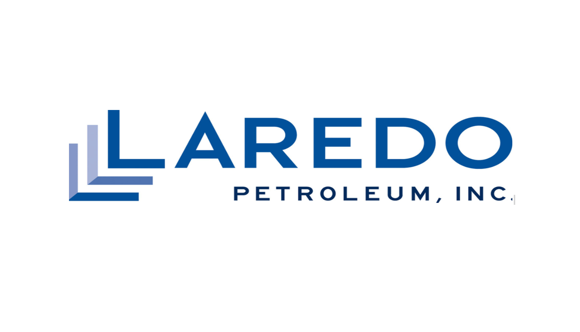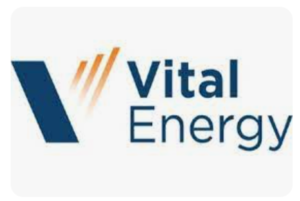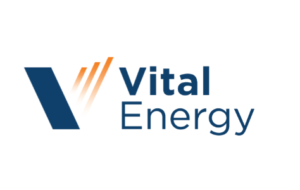“In the second quarter, we completed 11 wells and drilled seven wells,” COO Karen Chandler told analysts during the recent earnings call.
Among those wells, Laredo turned into line some Leech wells in the West Texas Spraberry and Wolfcamp formations. The Leech wells comprise “six 15,000-foot wells in our most southeastern unit in Howard County,” said CEO Jason Pigott.
Pigott said the six-well package in the drilling spacing unit (DSU), a departure from the traditional practice of 12 wells/DSU, remained “in the flow-like stage” with the oil production ramp-up taking “much longer than the offset wells” and underperforming the company’s prior forecast.
Oil & Gas Permits
Laredo Petroleum Inc. Wells Drilled
Laredo Petroleum Inc. Air Permits
“The Leech package has been on full back for a little more than two months and is still producing significant amounts of water in low oil production,” said Chandler. “We’re currently working on options to optimize our artificial lift strategy and evaluating other potential remediation strategies as we continue to watch and gain additional understanding of the well production over time.”
Citing “the abundance of offsetting well data” for central Howard County, Chandler said the rest of the development were west and north of the Leech wells, so “we do not believe in this impact of any of the 23 remaining locations in central Howard.”
Laredo’s Kyle Coldiron, development and production vice president, underscored that view. “Within the Leech DSU itself, the westernmost wells are the highest producing wells. As you move to the east, we see a higher water cut and lower oil production in the easternmost wells…”
Along “with our current offsetting production around the undeveloped DSUs that will be developed in 2024, we have strong production around those DSUs on both sides,” he said. That gives the team “confidence that they are unaffected by the issues that we’re seeing in the Leech package.
Capital Costs Above Expectations
Drilling and completion activities accounted for $112 million, or 81%, of the $138 million in capital expenditure (capex) in 2Q2022. All of the expenditures “were slightly above our expectations mainly due to a slight acceleration of operations associated with the timing of ongoing completions,” Chandler said.
About 25% of the higher capital spending stemmed from “inflation, which was primarily related to diesel expenses running over 40% higher on average than our original estimates.”
At the end of March, management had warned of the potential impact of hard-to-predict diesel costs.The costs are integrated into the capex outlook for the rest of the year, said Chandler.
Production for 2Q2022 averaged 87,032 boe/d, up year/year from 85,924 boe/d. The company is running two drilling rigs and one completions crew. Management expects to complete 11 wells and turn 13 to sales during 3Q2022. For 4Q2022, 13-15 completions and 12-17 wells are expected to go online.
Citing the lackluster performance of the six new Leech Wells, production guidance has been reduced for 2022 to 82,000-83,500 boe/d from 82,000-86,000 boe/d. The full-year guidance projects about $550 million in capex.
The average unhedged natural gas sales price in 2Q2022 was $5.21/Mcf, compared with $1.81 year/year. Crude oil fetched $111.20/bbl, from $65.55. The realized price for natural gas liquids was $34.52/bbl in 2Q2022 from $17.05.
Laredo reported 2Q2022 net income of $262.5 million ($15.60/share), swinging year/year from a loss of $132.7 million (minus $10.47). Revenues climbed to $560 million from to $294 million. Free cash flow (FCF) was $110.5 million, versus minus $31.2 million in 2Q2021.
Given the positive FCF figure, Laredo plans to return capital to shareholders through a $200 million equity repurchase program and by repursing more than $40 million of equity and debt. The company bought back $9 million of shares and $32 million of debt during 2Q2022.
Laredo Petroleum Energy News




